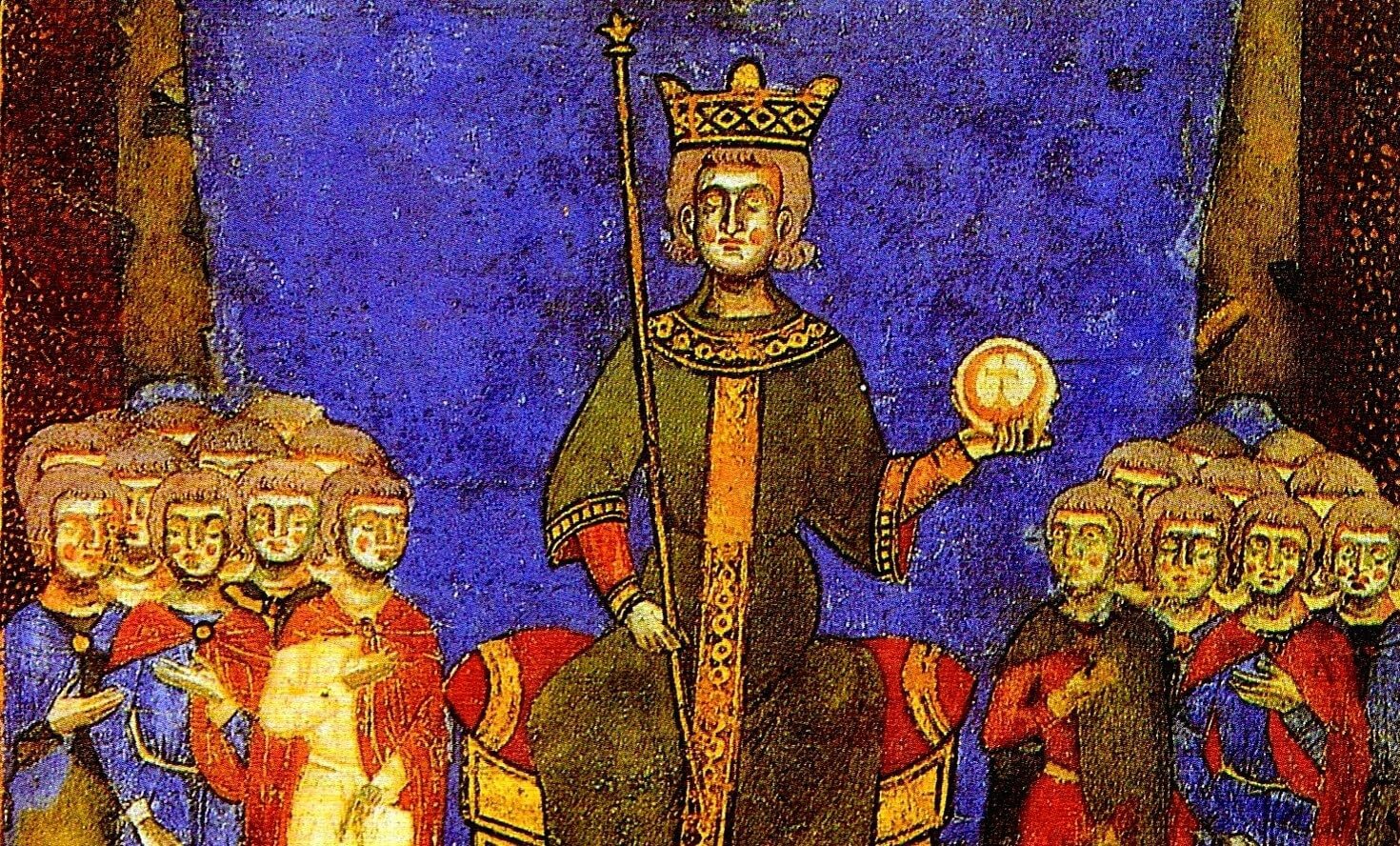- Home
- History of Sicily
- Constance Queen of Sicily
The Remarkable Legacy of Constance Queen of Sicily: Exploring the Reign of a Dynamic Monarch
Few queens stand as prominently in the rich tapestry of medieval history as Constance Queen of Sicily - also known as Constance I. Although the exact details of Constance's life are incomplete, she still played a crucial role in Sicilian history. In exploring her dynamic monarchy, we uncover this influential queen's extraordinary life and accomplishments.
Born into a world of shifting alliances and territorial disputes, Constance navigated the treacherous political landscape with finesse, solidifying her place as one of the most significant rulers of her time. Constance's reign as queen was overshadowed by the prophecy she received as a child that her rise to power would lead to the destruction of Sicily. As a result, his accession to power was delayed, partly by his own will and, after that, by the machinations of his opponents.
Join us as we delve into the life of this remarkable queen, unraveling the layers of her reign and uncovering the lasting impact of her rule. Discover the fascinating story of Constance, Queen of Sicily, and the extraordinary legacy she left behind.
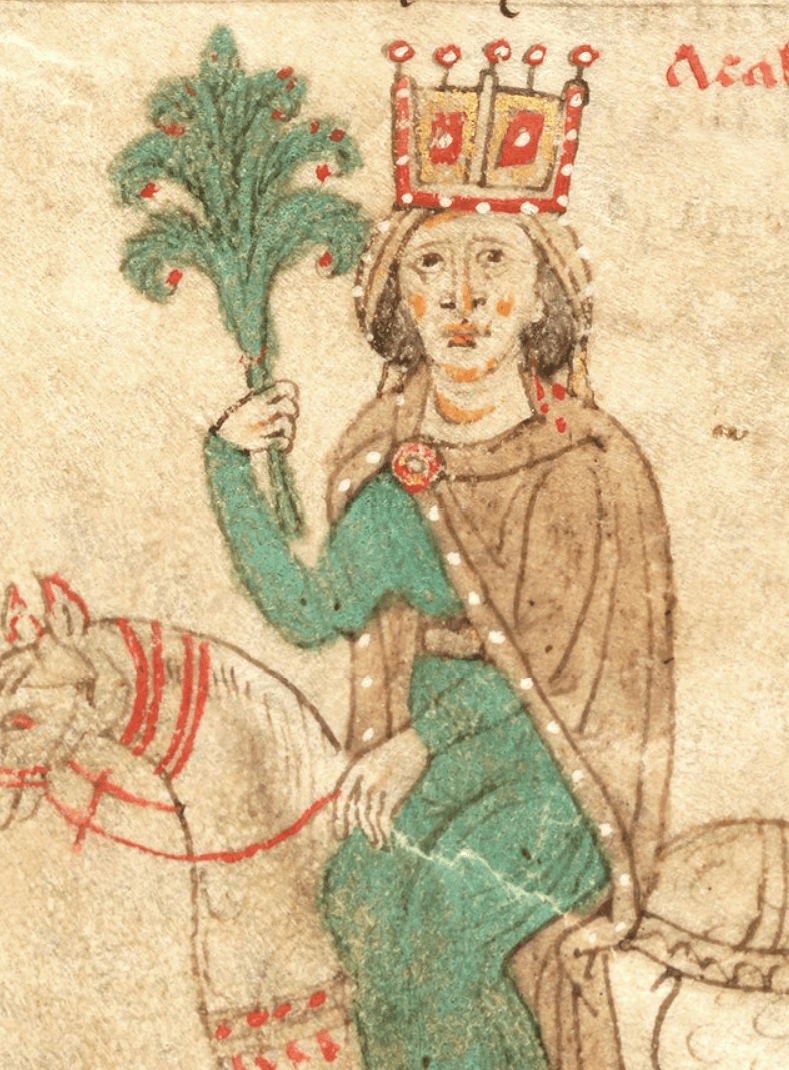 Constance of Sicily. (By Peter of Eboli)
Constance of Sicily. (By Peter of Eboli)Early Life and Ascension to the Throne
Constance's journey to the throne of Sicily was tumultuous. Born in 1154, she entered a world of shifting alliances and territorial disputes. As the only legitimate heir to the Kingdom of Sicily, Constance faced numerous challenges to her claim.
Constance betrothed only when she was thirty. At that time, she married the future Holy Roman Emperor Henry VI, which also caused friction among the Sicilian population. Although Constance herself was born and raised on the island, her German husband was viewed with suspicion.
The then King of Sicily, William II, announced before his death that Constance would inherit his throne. Fair enough. However, soon after the king's death, his cousin Tancred appeared. He kidnapped Constance, claiming the crown for himself.
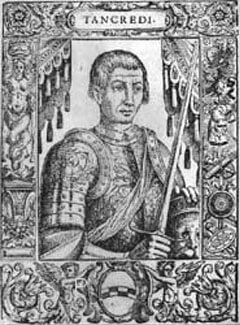
Constance survived her multi-stage imprisonment unscathed. Her husband was engaged in military operations elsewhere and had no manpower to free his wife. Tancred promised to release Constance only if Henry would recognize Tancred as king. This Henry did not do.
Eventually, the Pope recognized Tancred as King of Sicily, which led him to release Constance. Shortly afterward, however, Tancred died. His son claimed the throne for himself, but Henry soon overthrew him. Henry and Constanze became the official royal couple of Sicily in 1194.
As Henry and his army approached Sicily, Constance gave birth to a son. She was already forty, leading to rumors that the son was not hers. This, in turn, led to the legend that Constance had given birth to the boy in a tent on Palermo's central square to claim him as her own. According to legend, she then breastfed the boy in front of all the people.
Constance and Henry's Reign Together
After Henry returned to Germany in 1195, Constance ruled Sicily alone. Although Henry's kingship limited her power, she still had the right to make her own decisions. She inherited her assistants from the previous king, William II. On Henry's return to Sicily, the reins of government passed back to him.
Henry and Constance's time together as rulers of the island was not without its challenges. Opponents took advantage of the king's German origins, which were seen as bringing barbaric elements to Sicily. Rebellions broke out. From the rebels' point of view, Constance was just a puppet of Henry, who was pursuing his own quest for power. Not everyone agreed, however, and there was support for Constance and Henry's rule.
The rebellion culminated in a plot to assassinate Henry in 1197. According to some sources, Constance would also have taken part in the rebellion against her husband. However, they continued to rule together after the uprising was defeated.
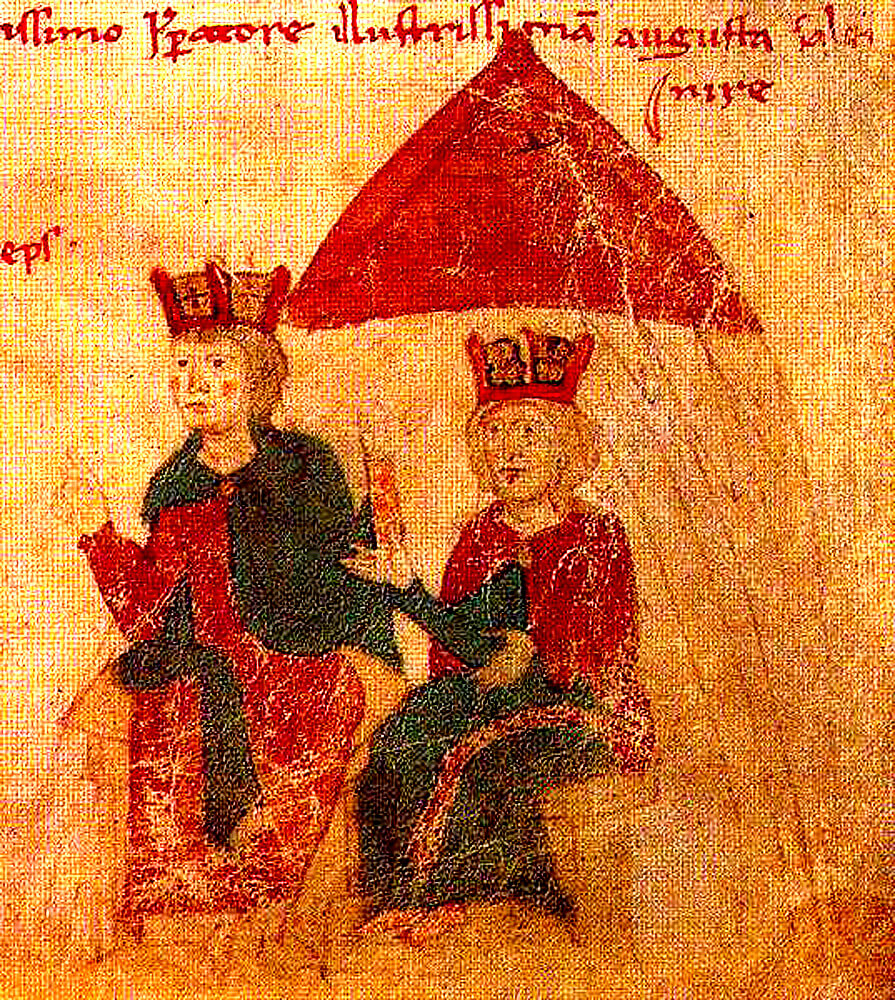 The Marriage of Constance II and Henry VI.
The Marriage of Constance II and Henry VI.Queen Constance as a Ruler Alone
Henry died in September 1197. Constance suspected that he had been poisoned. Their marriage was not well at the time of Henry's death. It was thought that Constance may have overlooked the events leading up to Henry's death. However, there is no evidence of this.
In May 1198, Constance proclaimed her three-year-old son Frederick King. She acted as his regent. Initially, Constance had also appointed her son ruler of Rome. However, she soon withdrew this claim, perhaps realizing the impossibility of it herself. There was no way the three-year-old could have filled the power vacuum left by Henry.
After Henry's death, Constance's reign turned towards the Norman tradition. But to protect his son, he gave up the religious power of the Norman tradition in favor of the Pope. In this way, she managed to get Frederick under papal protection.
Constance died suddenly in November 1198. She placed her son under papal protection in her will and called on her subjects to swear allegiance to the Pope.
Death of Constance Queen of Sicily
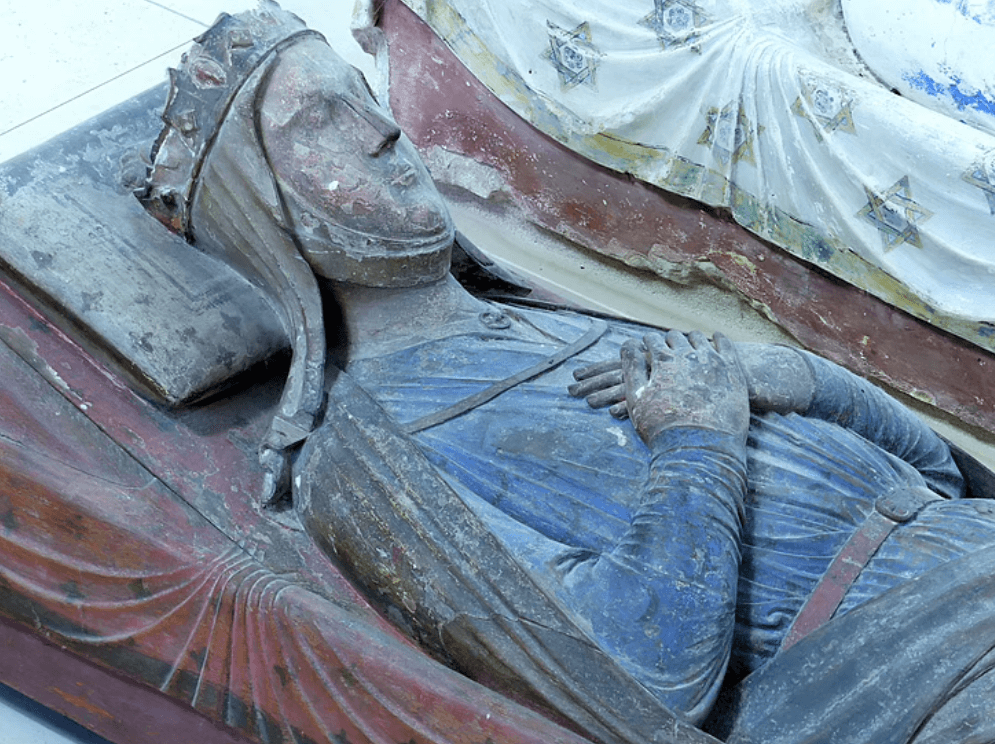
Constance was buried in Palermo Cathedral. In the same cathedral lie her father, Roger II, her husband, and her son. The queen's death led to violence, which only ended when Frederick was old enough to take power.
Historian Vinicius Dreger has called Constance the most important woman in 11th-century Western Europe. Despite this, we know little about her. In his Divine Comedy, Dante places Constance in Paradise. He repeats how Constance would have spent her life before marriage as a nun in a convent. However, this is only a legend.
Before her death, Constance arranged a marriage between her son Frederick and the Princess of Aragon. This came true in 1209.
Constance's Influence on Subsequent Rulers and the Kingdom of Sicily
Constance's legacy is most substantial in her son, Frederick, who eventually became emperor of the Holy Roman Empire in 1220. Through marriage and the Crusades, he also became Jerusalem's king in 1225. If Frederick's mother had relied on papal protection for her son after her death, he himself became embroiled in disputes with the popes. Frederick was excommunicated three times and was even declared the Antichrist by Pope Gregory IX.
Frederick inherited his mother's passion for education and patronage of the arts. Under his rule, Sicily experienced a cultural and intellectual renaissance that built upon the foundations laid by Constance.
Through his strategic alliances and military campaigns, he expanded the Kingdom of Sicily's territory and solidified its position as a significant player in European politics. Constance's legacy of diplomacy and statecraft undoubtedly played an essential role in shaping Frederick II's reign.
Conclusion: Constance's Enduring Impact on Sicilian History and Beyond
In conclusion, Constance Queen of Sicily, was a remarkable monarch whose reign left an indelible mark on Sicilian history. Constance's influence on subsequent rulers, particularly her son Frederick II, shaped European history and cemented her place as one of the most significant queens of the medieval period.
Her legacy serves as a testament to the enduring power of strong leadership, intellectual curiosity, and a commitment to the betterment of society. Constance Queen of Sicily, truly stands as a dynamic and inspirational figure in the annals of history.
Further Reading:
(May 18, 2024)
Recent Articles
-
Sicilian Food - Rich Flavors, Endless Passion
Apr 09, 25 09:54 AM
All you need to know about Sicilian food, its ingredients and history. -
Things to Do in Palermo - Tips for a Perfect Holiday
Apr 05, 25 04:27 AM
Things to Do in Palermo - From historic landmarks to delicious food, this guide has it all. -
The Story of Tommaso Buscetta: From Mafia Boss to Key Witness
Mar 30, 25 05:12 AM
Tommaso Buscetta built Sicilian Mafia into a global empire - which he then destroyed.
Follow MANY FACES OF SICILY on Facebook, Instagram, Bluesky & Pinterest
Contact: vesa@manyfacesofsicily.com
